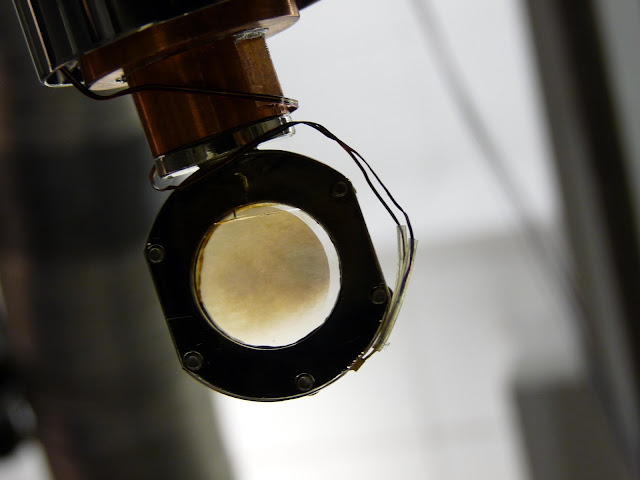Like a proud peacock displaying its tail, Enceladus shows off its beautiful plume to the Cassini spacecraft's cameras.
Enceladus (313 miles, or 504 kilometers across) is seen here illuminated by light reflected off Saturn.
This view looks toward the Saturn-facing side of Enceladus. North on Enceladus is up and rotated 45 degrees to the right. The image was taken in visible light with the Cassini spacecraft narrow-angle camera on Jan. 18, 2013.
The view was acquired at a distance of approximately 483,000 miles (777,000 kilometers) from Enceladus and at a Sun-Enceladus-spacecraft, or phase, angle of 173 degrees. Image scale is 3 miles (5 kilometers) per pixel.
Photo credit: NASA/JPL-Caltech/Space Science Institute















